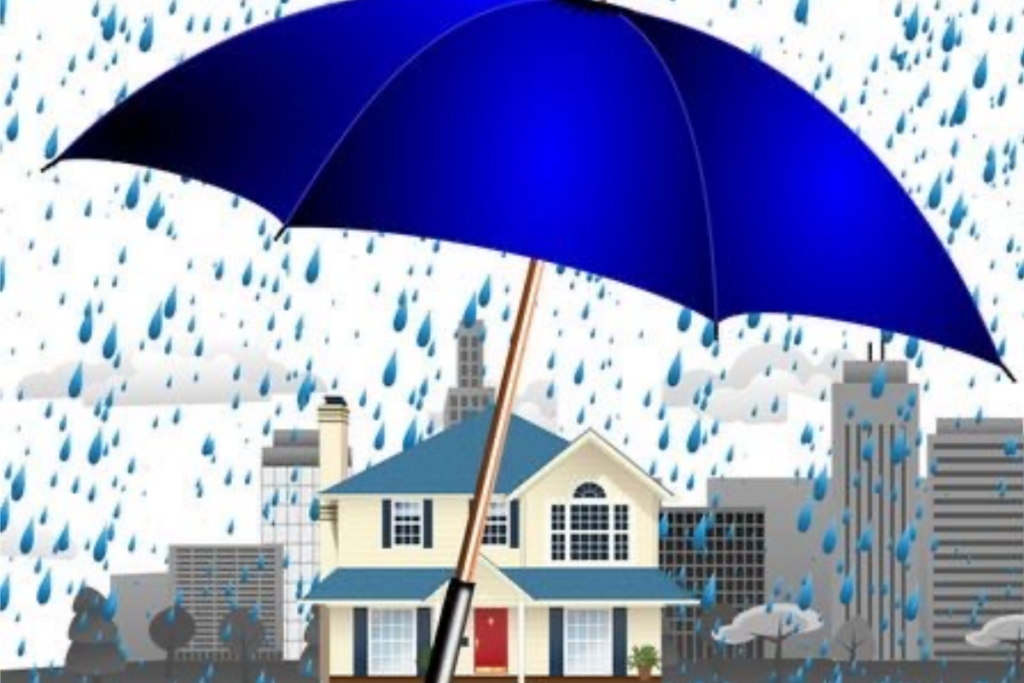Policyholders are meant to renew insurance on time, but now things are different. Homeowners might be surprised when they try to renew their insurance policy. From May 2022 to May 2023, the cost of home insurance went up by an average of 21% when it was time to renew. Policygenius reported this.
Increasing Premiums and Cost of Insurance
Experts say an increase in major severe weather events has led to this rise. The cost of insurance is expected to keep going up. As insurers face higher costs due to these events, they make policyholders pay more by raising insurance premiums.
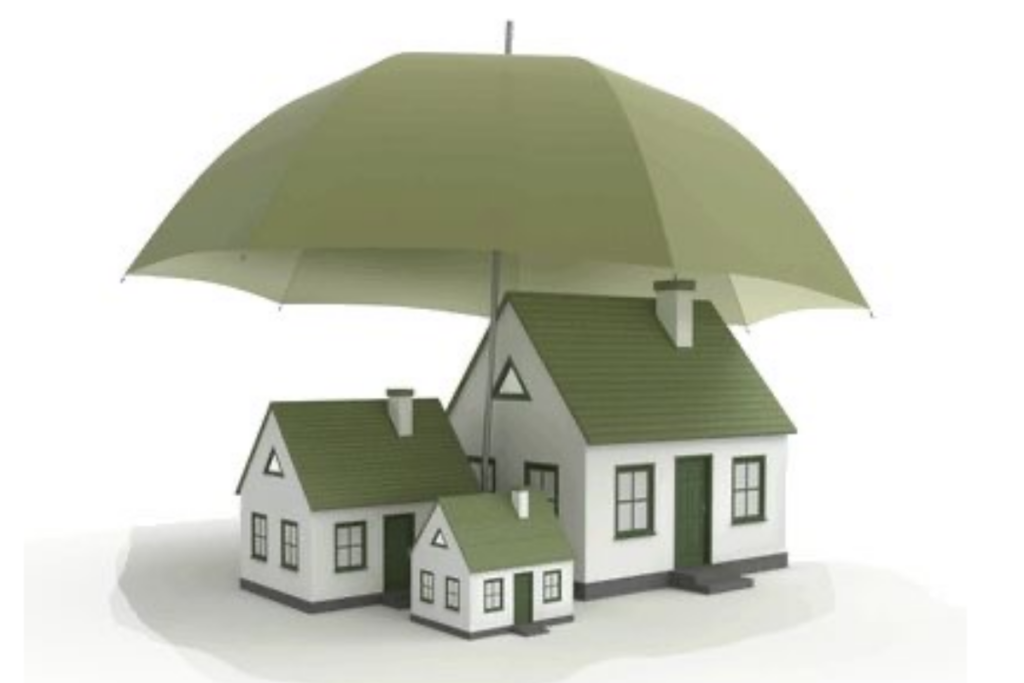
However, insurers do not provide data on individual homeowners’ premiums and risks. This makes it hard to see exactly how climate risks are included in the cost of insurance policies.
Changing Risks and Insurance Prices
Usually, homeowners pay premiums for some unpredicted or unforeseen occurrences that can affect their homes. However, things are changing. “The risks and dangers a property might face are changing a lot,” said Carlos Martín. Martin is the Remodeling Futures program director at Harvard University’s Joint Center for Housing Studies.
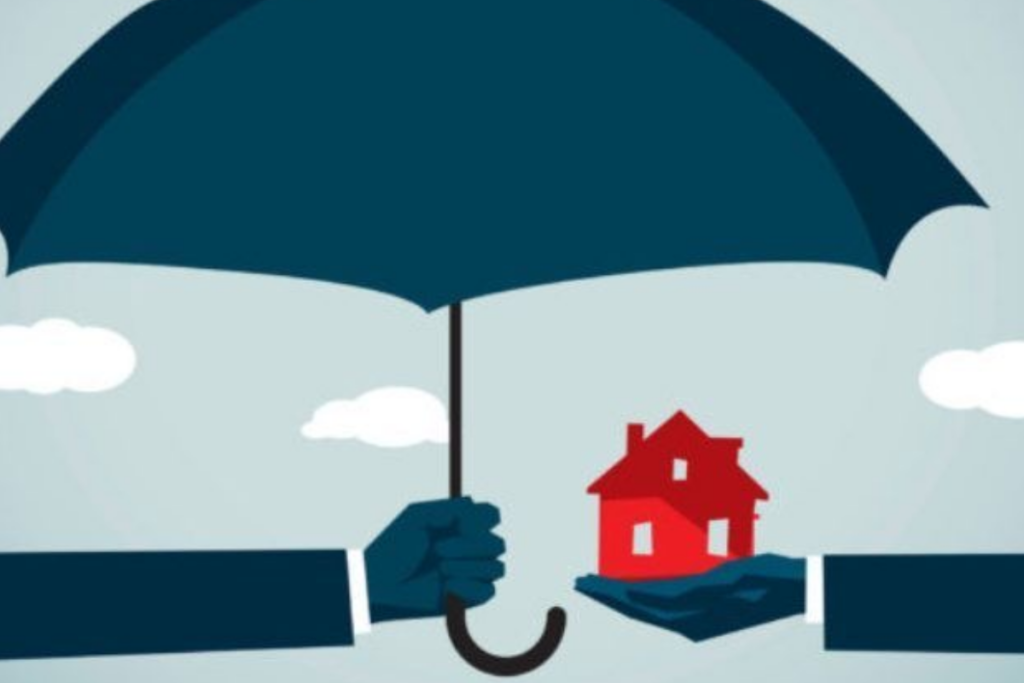
The risks that affect houses are changing, and this is becoming an issue in this aspect of insurance. Martin further stated, “At the moment, both homeowners and insurance companies are confused about how to set insurance prices for these changing risks properly.”
ALSO READ: Man Surprised by the 25 Percent Increase of His Insurance Premium After a Minor Crash
Limited Data from Insurers
Even though home insurance costs increased a lot last year, it is not new. Between 2012 and 2021, the average annual cost rose from $1,034 to $1,411. This is based on information from the Insurance Information Institute.
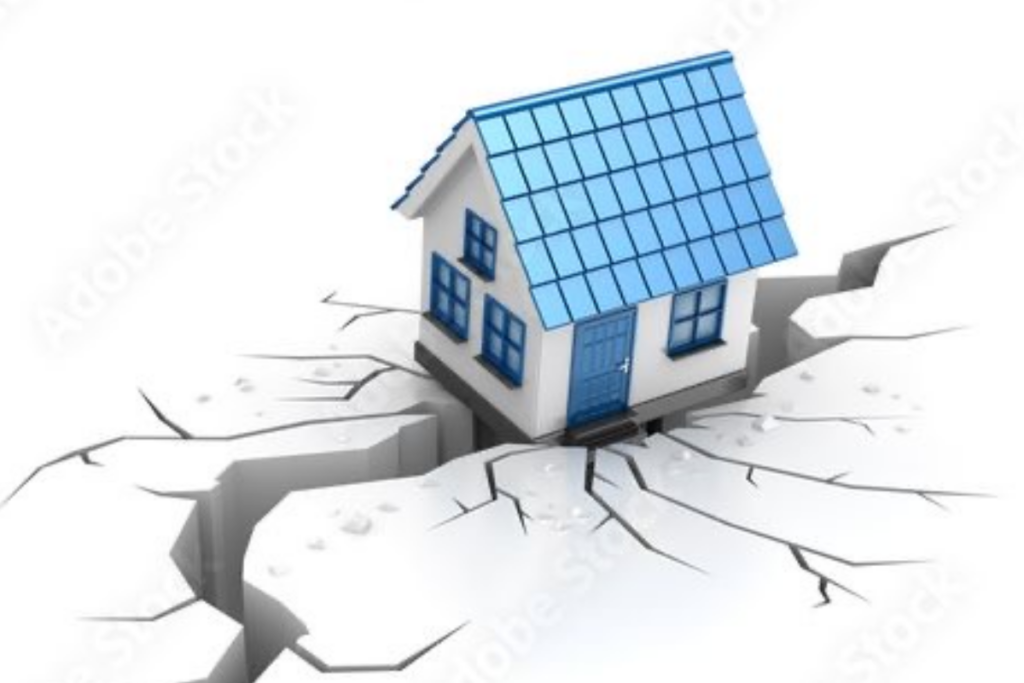
Some years saw more extensive price hikes than others. Kenneth Klein, a California Western School of Law professor, made this statement. He explained that climate change can cause major financial losses because storm damage doesn’t affect all insured properties equally or simultaneously.
Homeowners Insurance: Post Hurricane Katrina
After Hurricane Katrina, many insurers in the Gulf Coast saw one of their most profitable years. This happened because they raised their premiums due to the disaster. However, there wasn’t another event like Katrina the following year, which illustrates the difficulty of insuring against climate change.
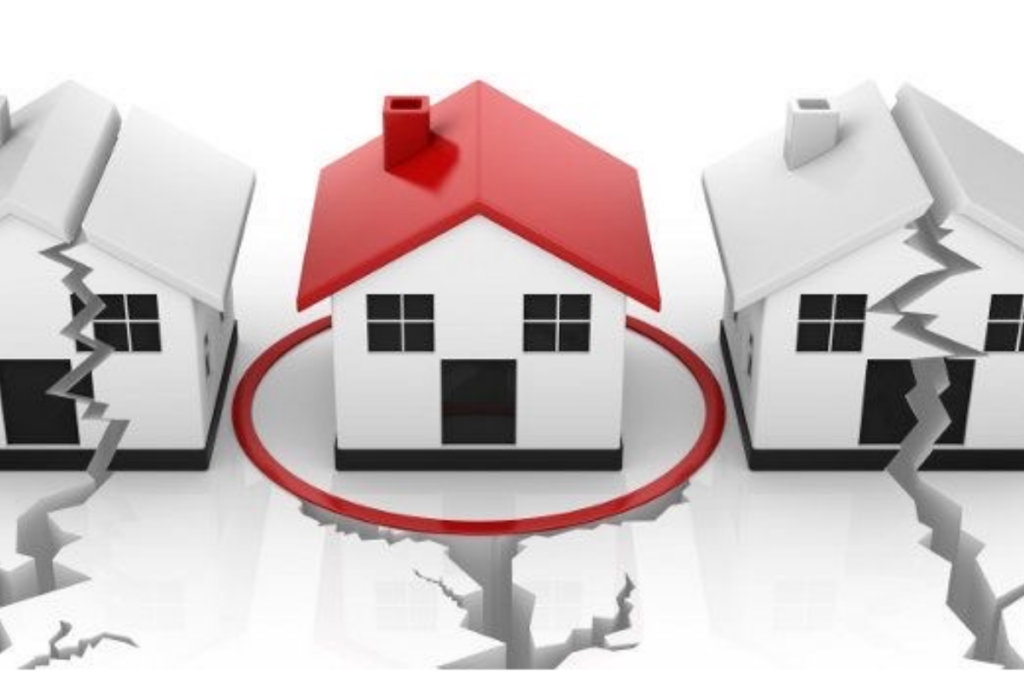
According to Martín, predicting how premiums will keep increasing due to severe weather is tough. He points out that there is very little data available. Insurers don’t publicly share how much they charge individual homeowners. They do this because there isn’t much to report about it.
Weather-Related Risks
Scott Shapiro, the leader of the insurance sector at KPMG U.S., explained something. He said insurers collect data on weather-related losses to help set policy premiums. However, this detailed information is not available to the public.

“This data is essential for setting rates and making filings,” Shapiro said. “A major issue is that the exposure to weather-related risks is growing, and it’s uncertain if past losses can accurately predict future losses.
Insurers are Avoiding High-Risk Areas
Insurers are becoming more cautious in high-risk areas like floods or fires. This means that while home insurance costs are increasing, people in these risky areas might not have many choices for coverage. For instance, in May 2023, State Farm stopped accepting new home insurance applications in California. Also, Allstate announced in November 2022 that it would not issue new policies for the state’s homes, condos, or commercial properties.
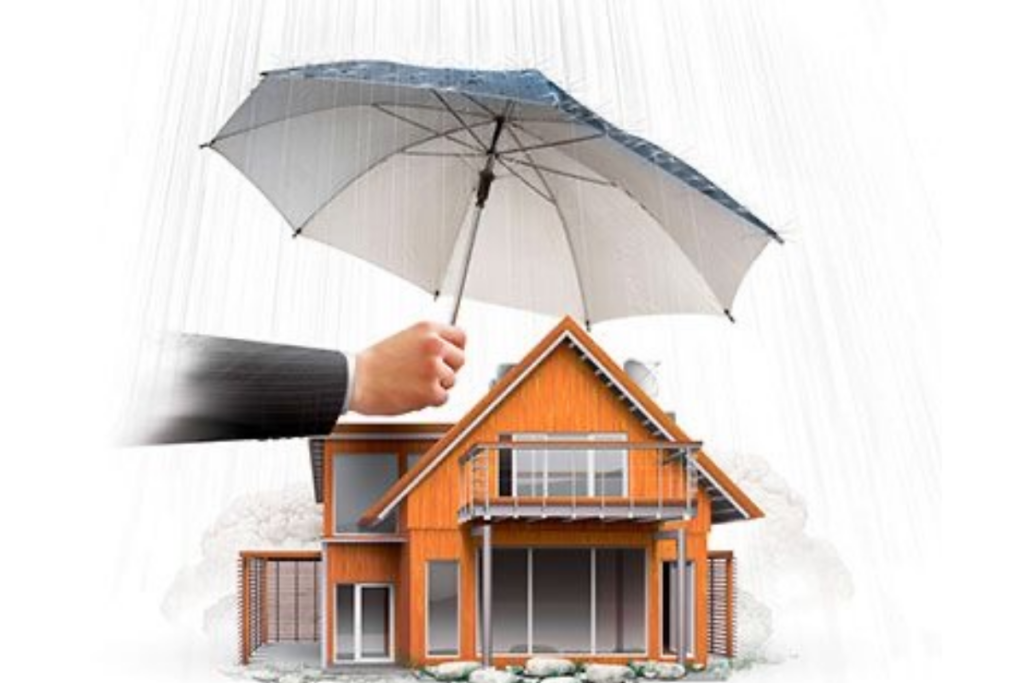
Insurers are focused on making a profit. They operate within specific laws and regulations. They are not just there to provide financial help or to do what seems right based on individual needs.
ALSO READ: Home Prices Continue To Fall in Florida As Insurance Crisis Persists
Mortgages Require Insurance
Experts say that fewer and more expensive options can make it harder for people to buy homes. The reason is because most mortgages require insurance.

In 2002, Florida’s legislature created Citizens’ Property Insurance to help Floridians who couldn’t get home insurance from private companies. Similarly, California’s FAIR plan was set up by state law to offer fire insurance when private companies wouldn’t, even though it’s not a government agency. While these state-run programs can be a backup option, they often don’t offer the same level of coverage as private insurance companies.
High Cost of Premiums
Kenneth Klein explained that these policies are often not the same in most cases. They are not created using the same careful financial calculations as private insurance companies use. Because of this, the coverage can be poor.
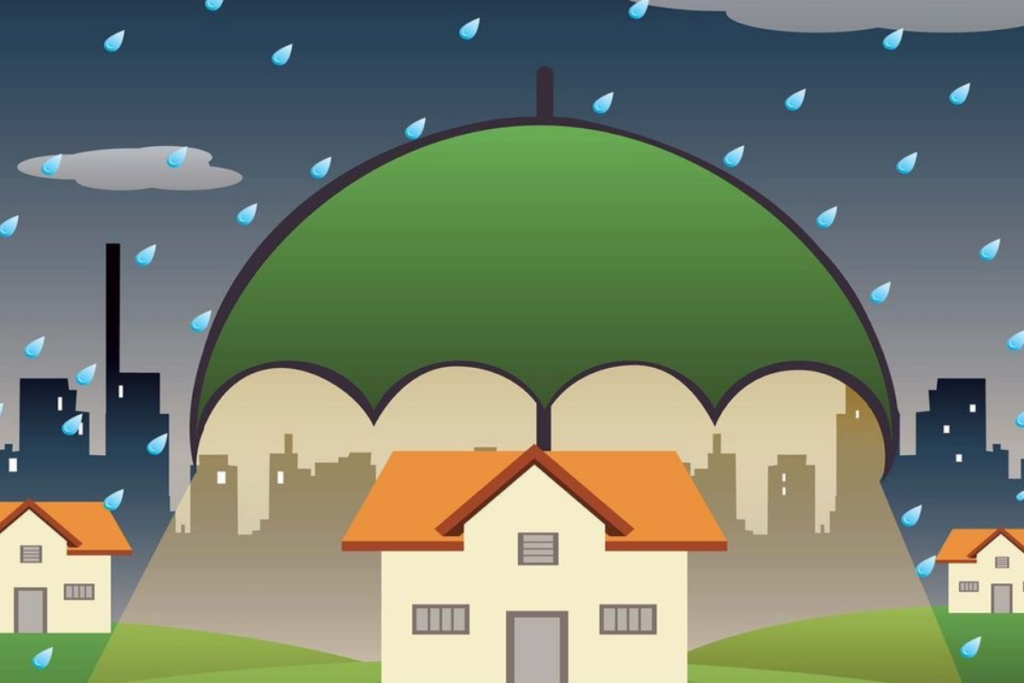
Carlos Martín pointed out that current homeowners suffer the most from rising premiums. He said, “They notice the difference because they remember what they used to pay when they first bought their house. However, things are much different now. They now see how much more premiums cost, and it’s not just a slight difference. The increase is significant.”
You Might Also Like:
Ford Unveils 2025 Maverick Pickup with High-Tech Features and Hybrid Options
More of the UK’s Super-Rich Are On the Verge of Relocating to the UAE
Cathie Wood Offloads $25 Million Worth of Underperforming Tech Stock

